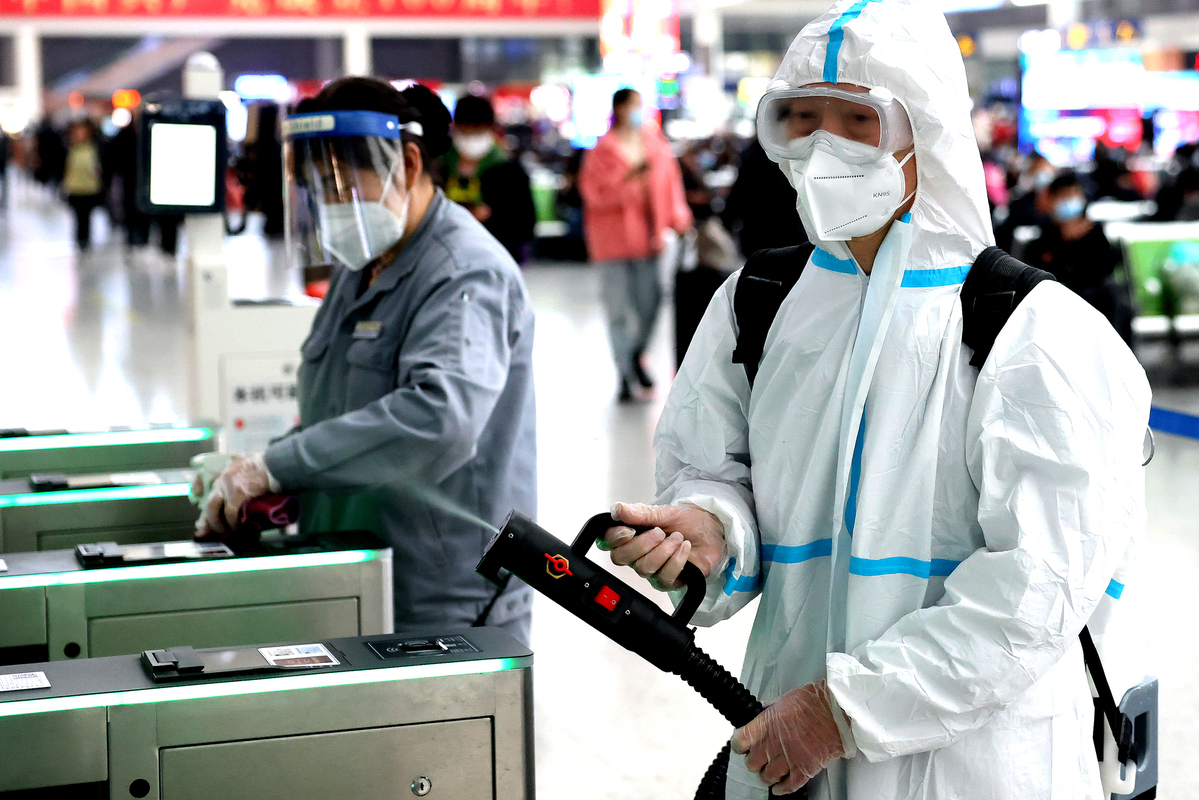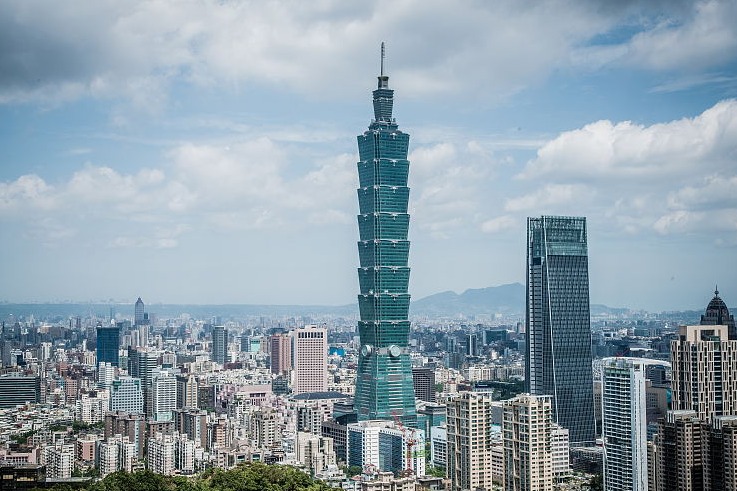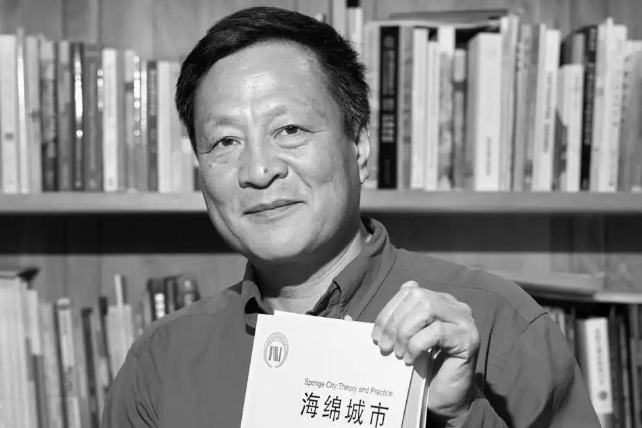Shanghai's pandemic workers get thumbs-up


A comment left by an epidemiological investigation worker on a Shanghai government WeChat account has triggered a resounding public salute to the city's disease control personnel's hard work over the last two years.
"I'm an ordinary worker at the Center for Disease Control and I never imagined that it could be so hard to fight a pandemic. Many of us worked nonstop throughout the night for consecutive days when a task arrived," she wrote on the WeChat account of the Information Office of Shanghai Municipal Government on Saturday.
She said she once told a secondary close contact to go to hotel quarantine but the individual refused, asking for video proof of how they became a secondary close contact.
"We'd worked for 40 hours without stop and it was time-consuming for us to find the videotape again as evidence," she wrote.
She called on the public to cooperate with CDC workers as they each shoulder a heavy workload tracking down close contacts. "After all, we were racing against the virus' spread," she wrote in the comment, which earned nearly 10,000 thumbs-up.
Many citizens appreciated their efforts to prevent the virus' spread by "running a long distance at the speed of a sprint" and giving residents a safe environment while having the least possible impact on people's daily work and life.
Shanghai's management measures have won applause from residents. Each time one or two cases emerged in the city, the wave of infection was brought under control within a few days. The authorities also tried their best to keep the country's most vibrant business hub and its residents' lives going forward as usual.
China has faced pressure to prevent the spread of the virus this winter, and experts said that scientific epidemiological investigation plays a key role in defining viral communication chains so that a society will pay the least price possible for epidemic control. The city has organized 3,100 epidemiological investigation workers during the past two years.
Shanghai reported an imported asymptomatic case on Jan 11. The case has triggered two local confirmed cases and six asymptomatic cases so far.
All the cases tested positive when they were already under hotel quarantine.
"Shanghai's accurate epidemiological investigation and epidemic control is an epitome of its refined urban management. I'm proud that the city calmly dealt with its first confrontation with Omicron with standardized operational experience accumulated from before," said Qin Ranhao, a 33-year-old Shanghai resident.
Pan Hao, deputy director of the Institute of Infectious Diseases affiliated with the Shanghai Municipal Center for Disease Control and Prevention and head of Shanghai's COVID-19 epidemiological investigation, said their work in the past week has been the hardest ever as this wave of infection occurred in a downtown shopping area, involving large shopping malls, restaurants and bubble tea stores.
"If an infected individual hangs out often and is a gourmet fan, it's usually bad news for us as he or she may create a long list of close contacts," Pan said.
"The goal of epidemiological workers is to identify close contacts of a case before a new day begins, since when people leave home in the morning the potential virus carriers may spread the infection."
For each case and close contact, the workers have to piece together their movements over the past 14 days without blanks in time or location.
"Such timely and accurate epidemiological investigation would give us confidence that we've screened all the chains of virus transmission," he said.
"So we could precisely determine the scope of people needing to be involved in the screening rather than imposing mass testing and implementing public measures affecting people's lives."
Experts explained that defining an individual as a close contact depends on how he or she interacted with the confirmed case and the risk of infection.
Zhu Yiyi, a chief physician at the Institute of Infectious Diseases, said that when checking videotapes at a bubble tea shop that is the only medium-risk area for COVID-19 spread designated in Shanghai related to the current wave of local infection, those who entered without a mask or took it off halfway were defined as close contacts.
Epidemiological investigation workers said they often encountered people in special situations, including breastfeeding mothers, when notifying people that they had been identified as close contacts and must undergo hotel quarantine. Most cooperated eventually after repeated explanations.
- China's contribution to talent cultivation for China-Laos Railway highlighted
- Intl circus festival opens in Wuqiao
- Xi's article on community for Chinese nation to be published
- SCUT vows overhaul of campus safety protocols after crash kills student
- Shanghai inaugurates first highway supercharging station
- Toxic gas leak leaves 5 dead in Henan




































